Street food in Beijing is filled with culinary traditions, showcasing everything from the rich tapestry of Chinese food to modern interpretations. From grilled skewers to sweet and crunchy bites, these delicacies are an experience. Whether you’re a foodie searching narrow alleyways or a traveller who wants to sample local foods, each dish comes with a story, some dating back centuries, others infused with modern pathways. Some of the best street food in Beijing is prepared fresh by vendors in bustling markets, old hutongs and late-night food stalls, where recipes are often passed down through the generations.
10 Must-Try Famous Street Food In Beijing
Explore the ten most popular and must-try street foods in Beijing, along with their flavours, history, and the best spots to enjoy them.
1. Jianbing

Photo: Amazingloong / Wikimedia Commons / Image For Representation Only
Jianbing is one of the most popular street foods for breakfast in Beijing. It has a thin layer of batter of wheat and mung bean flour spread over a hot griddle. While cooking, an egg is cracked and spread around the top before a mixture of sauces, hoisin, chilli and fermented soybean paste are brushed on. Vendors include scallions, cilantro, and sometimes lettuce for freshness. What makes Jianbing so charming is the balance of textures with crispy, chewy and soft all in one mouthful. Locals love it as a grab-and-go street food in Beijing, and it is a staple at morning markets and subway station stalls.
Best Places To Try: Huguosi Snack Street, Wangfujing Night Market
Best With: Soy milk or black tea
2. Tanghulu
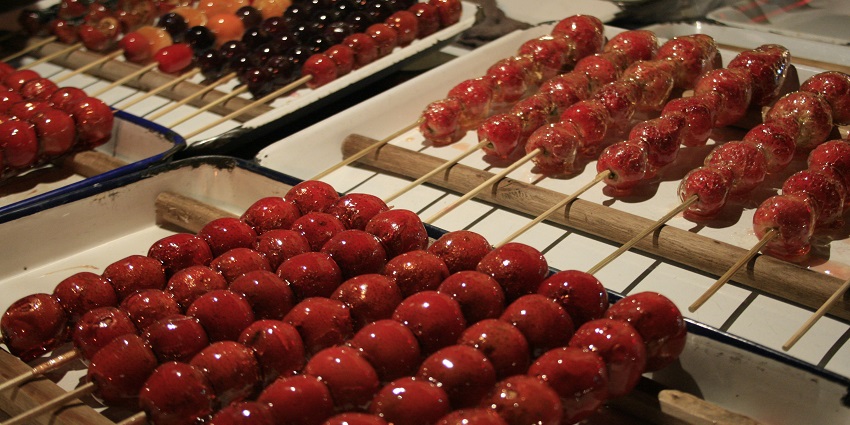
Photo: Popo le Chien / Wikimedia Commons / Image For Representation Only
Tanghulu is a childhood treat many Beijingers remember fondly. Traditionally made with hawthorn berries, these little tart fruits are threaded onto a skewer and then plunged into a molten sugar syrup, which crystallises almost immediately into a glossy, glassy shell. The magic is in the contrast, and biting through the crackly sugar coating exposes the luscious, slightly acidic fruit inside. Hawthorn is the classic, but modern takes can also use strawberries, grapes, kiwis, and even cherry tomatoes. Some vendors sprinkle sesame seeds or edible rose petals on them for added flavour. Tanghulu has a refreshing, natural fruitiness that makes it a guiltless snack and street food in Beijing.
Best Places To Try: Wangfujing Snack Street, Qianmen Street
Best With: Hot tea or warm milk
3. Chuan’r

Photo: N509FZ / Wikimedia Commons / Image For Representation Only
Chuan’r in Beijing, which started in Xinjiang, is now part of the street food scene in much of the city. Sliced thin, these little cuts of lamb or beef are marinated and flavoured with cumin, chilli powder, salt, and Sichuan pepper, then grilled over an open flame. The charcoal smoke gives it a special, slightly charred smell that’s hard to resist. Traditional vendors opt for metal skewers, while a few old-school joints still use bamboo sticks. The best chuan’r is crispy and smoky on the outside but juicy and tender on the inside. You can find vendors grilling them at night markets or outside bars, where groups gather near makeshift grills.
Best Places To Try: Ghost Street (Guijie), Niujie Muslim Market
Best With: Cold beer or sesame buns
4. Douzhi
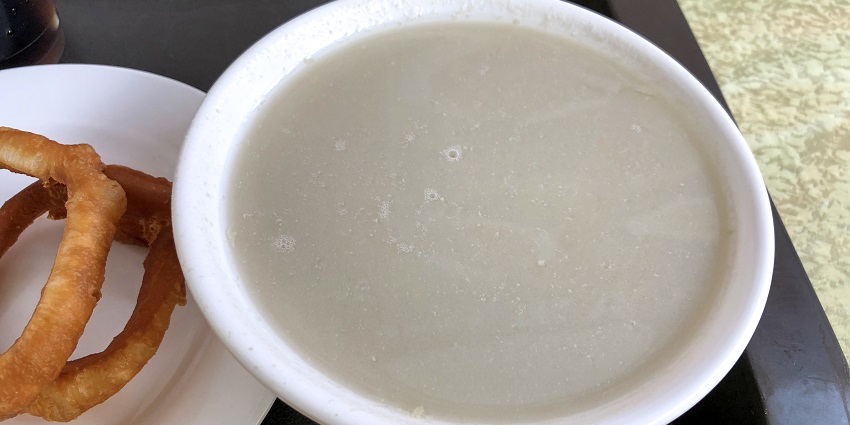
Photo: N509FZ / Wikimedia Commons
Douzhi is an acquired taste, cherished by old-school Beijingers in the variety of street food in Beijing. Fermented from mung beans, the soup has a sour, slightly earthy smell and a soupy, thin, greyish-green look. Its pungent aroma conceals a mild and tangy taste that works surprisingly well with crispy fried dough rings, “jiaoquan”. The fermentation process imparts probiotic benefits to Douzhi, which has historically made it a popular beverage for digestion. In old Beijing, it was a popular breakfast choice for workers because it was cheap. The only way to drink it is slowly and let the flavour build.
Best Places To Try: Huguosi Snack Bar, Lao Beijing Douzhi Shops
Best With: Fried dough rings
5. Roujiamo
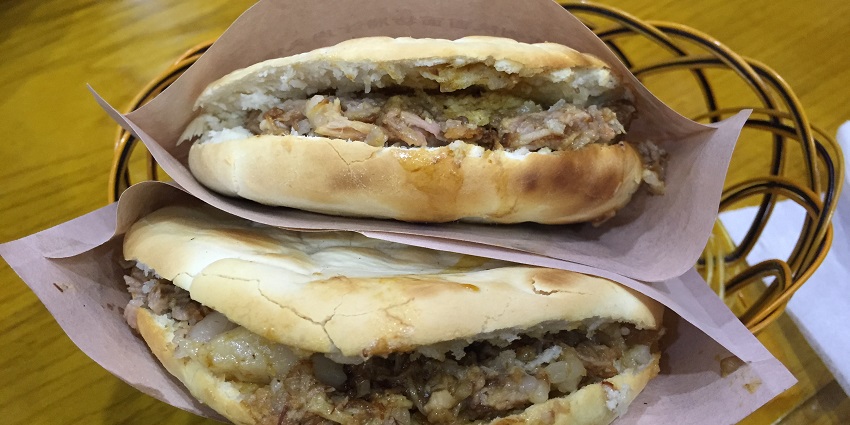
Photo: N509FZ / Wikimedia Commons
Often described as a hamburger, Roujiamo is much older and can be traced back over 2,000 years to the Qin Dynasty. The heart of a fantastic Roujiamo is the meat, pork or beef stewed for hours in a rich, aromatic broth of more than 20 spices, including star anise, cinnamon and Sichuan peppercorn. When the meat is tender, it’s chopped finely and stuffed into a crispy, oven-baked flatbread called “mo”, with a crunchy exterior and soft, layered interior. Unlike Western burgers, Roujiamo’s bread is denser, so it absorbs the savoury meat juices without getting soggy.
Best Places to Try: Wangfujing, Xisi Night Market
Best With: Spicy pickled vegetables
6. Baodu

Photo: Another Believer / Wikimedia Commons
Baodu is a classic Beijing dish and has its origins in the Qing Dynasty. Unlike the slow-simmered tripe dishes that you can find elsewhere in China, Baodu is a flash fry, cooked for a few seconds at high heat, leaving the meat tender but a bit crunchy. The tripe, usually from beef or lamb, is cut into thin strips and boiled for just a minute or two, then ladled into a hot wok. The main flavouring agent is the dipping sauce, which is a thick sesame paste combined with vinegar, garlic, chilli oil and fermented bean curd. Some vendors sprinkle Sichuan peppercorns for added numbness, and people love the dish for its texture and deep umami flavour to have over a bowl of rice as a snack or light meal. Baodu is best when cooked fresh, yielding tender, flavourful tripe.
Best Places To Try: Baodu Feng, Niujie Street
Best With: A bowl of congee, marinated cucumbers or soy milk
7. Luzhu Huoshao

Photo: N509FZ / Wikimedia Commons
Luzhu Huoshao is one of the heartiest street foods in Beijing, favoured by locals who enjoy the deep, rich broth. The dish is made from pork intestines, lungs and tofu and slow-braised in a fragrant, dark soy-based stock scented with star anise, bay leaves and ginger. Its uniqueness lies in the addition of huoshao, a baked wheat bread that absorbs the soup’s complex flavours. The dish, now a street food in Beijing, was born of a need among the working class to make use of every part of the pig. The intestines are painstakingly cleaned and slow-cooked until tender but with a bit of chew.
Best Places to Try: Huguosi Xiaochi, Dongcheng district eateries
Best With: Pickled garlic or chili sauce
8. Zha Jiang Mian
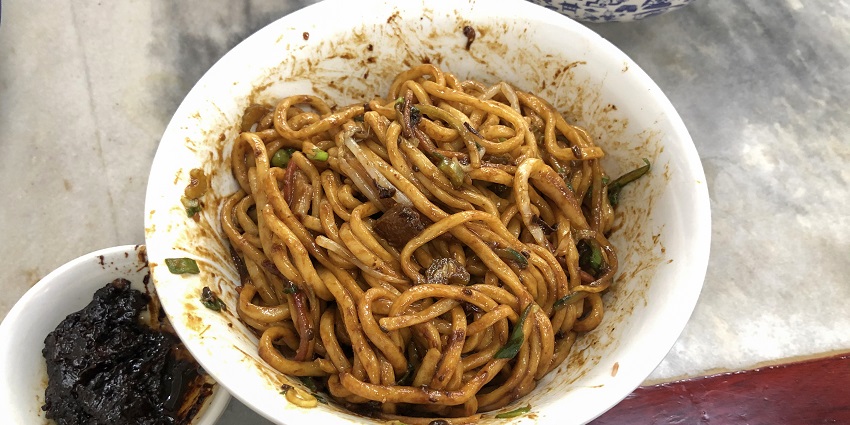
Photo: N509FZ / Wikimedia Commons / Image For Representation Only
Zha Jiang Mian is an excellent Beijing noodle dish that uses a soybean paste sauce full of savoury flavour. The standout ingredient of the dish is the thick, fermented sauce, a balance of slow-cooked ground pork, yellow soybean paste and a touch of sugar. It is spooned over hand-pulled wheat noodles with a firm, chewy texture. What sets the Zha Jiang Mian apart are the fresh toppings with crunchy strips of cucumber, strips or piles of shredded radish, and sometimes soybeans, which give contrast to the thick sauce. Zha Jiang Mian is not cooked in the sauce, and the sauce is added according to the preferences of customers.
Best Places to Try: Old Beijing Zha Jiang Mian restaurants, Dongcheng District
Best With: A plate of pickled garlic
9. Wandou Huang

Photo: Silvio Pelegrin / Pexels / Image For Representation Only
Wandou Huang is a light and subtly sweet Beijing custard with a smooth, melting texture. This dessert, made with yellow peas, sugar and a hint of agar, used to be a palace favourite in the Qing Dynasty. It’s a labour-intensive process to make Wandou Huang, where the peas are soaked overnight, slowly boiled until soft, mashed into a fine paste, and then blended with sugar and set into rectangular blocks. Wandou Huang is a light and refreshing dessert street food in Beijing, suitable for everyone. Mostly, it is served cold and is particularly popular in spring and summer. Some vendors top it with rose petals or crushed nuts for flavour and presentation. Despite being simple, a properly prepared Wandou Huang has a silky-smooth consistency and a subtle, natural sweetness that complements the peas’ earthy flavour.
Best Places To Try: Huguosi Snack Bar, Qianmen Street
Best With: Jasmine tea or herbal tea
10. Shaobing
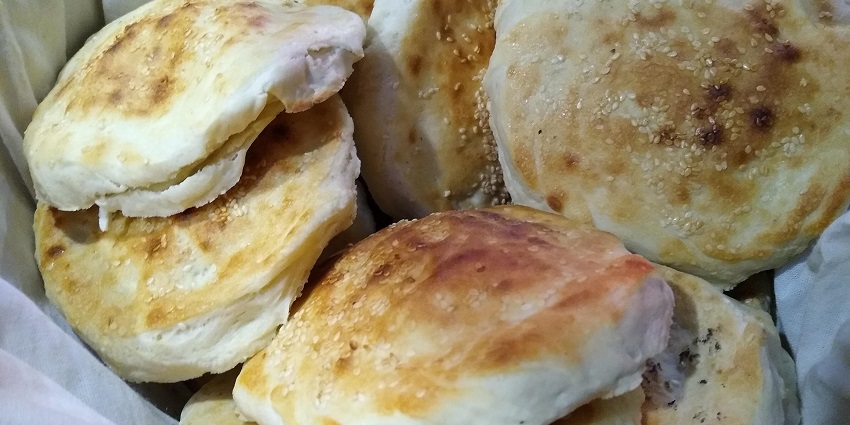
Photo: Mx. Granger / Wikimedia Commons / Image For Representation Only
Shaobing is a classic Beijing street food that is equal parts versatile and fulfilling. This flaky, layered flatbread is baked until golden and coated with sesame seeds for a nutty perfume. The texture of the bun also varies based on the filling; there’s a savoury version that can be filled with minced pork and scallions or spiced beef and a sweet version that can have red bean paste or black sesame paste. Shaobing gets their flaky, multi-layered, thin and crispy sides by rolling them up hundreds of times, literally. If baked in a clay oven, it has a pleasantly crisp outer shell with tender, faintly chewy insides. One of the most popular preparations of Shaobing is to pull it apart and fill it with stir-fried beef or lamb for an added indulgence. Eaten on its own or with soy milk, Shaobing is an age-defying, biting street snack.
Best Places To Try: Street stalls near hutongs, Niujie area
Best With: Soy milk or tea
Street food in Beijing is not only a fancier array of quick bites, but it’s also filled with traditions, flavours and the vibrant essence of the city’s food culture. Ranging from savoury to sweet and crispy to chewy, each has a different taste of local life. Although many of the dishes are famous all over the world, nothing beats tasting these items fresh in the heart of Beijing. Plan your visit with TripXL and enjoy experiencing cultural life through food.
Cover Photo: calflier001 / Wikimedia Commons


 WhatsApp
WhatsApp
 Twitter
Twitter









